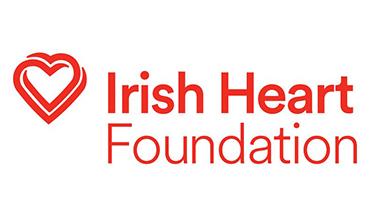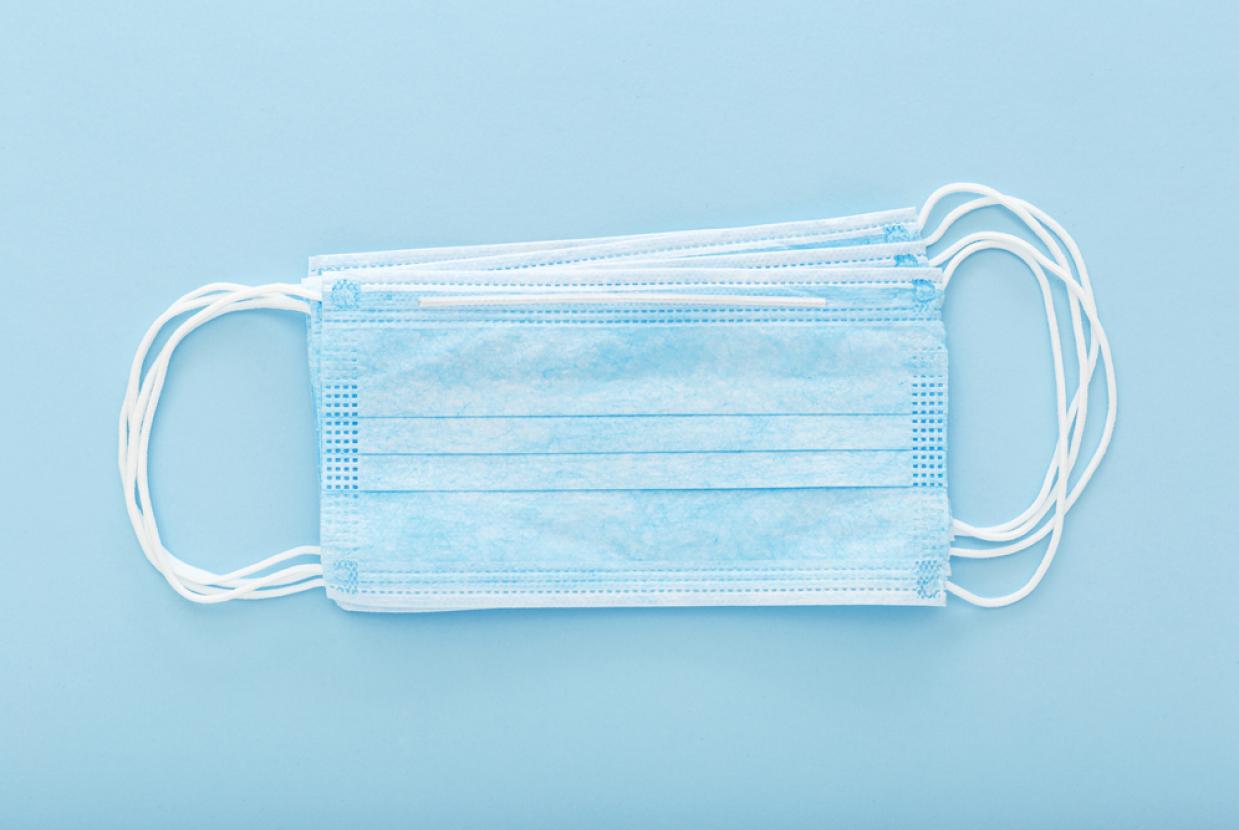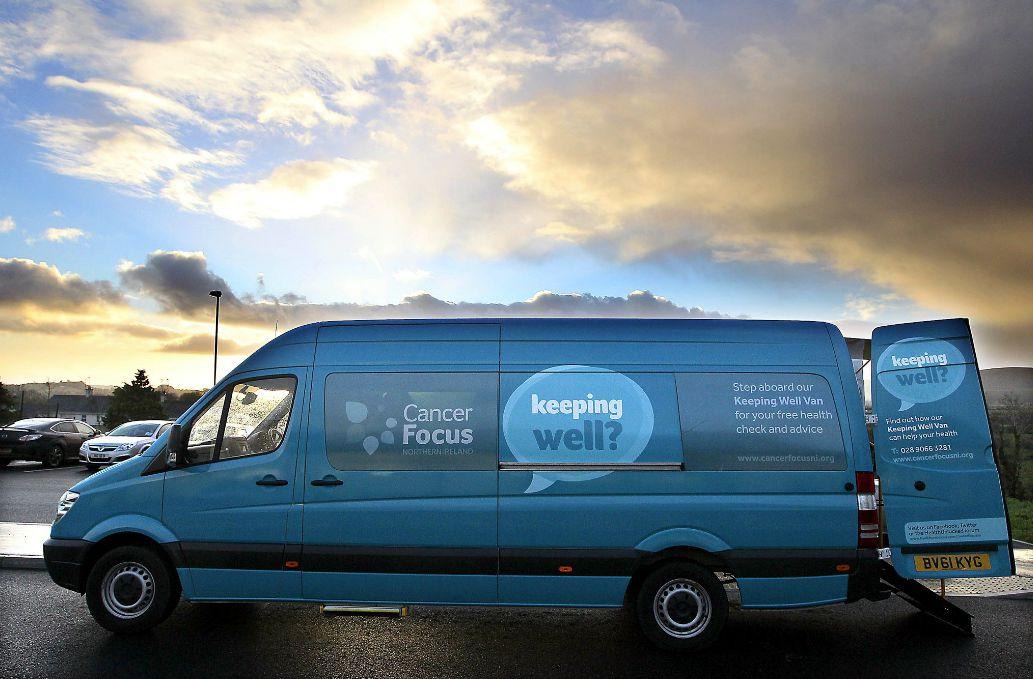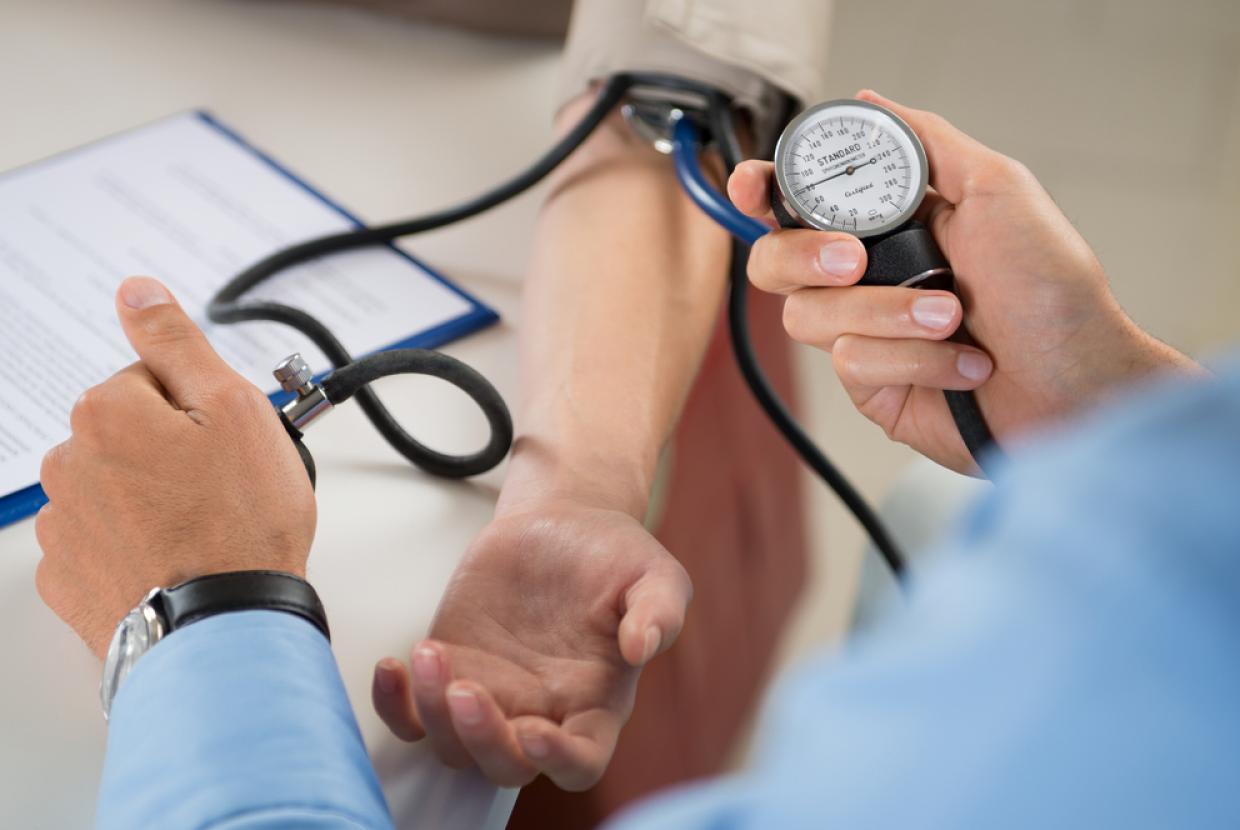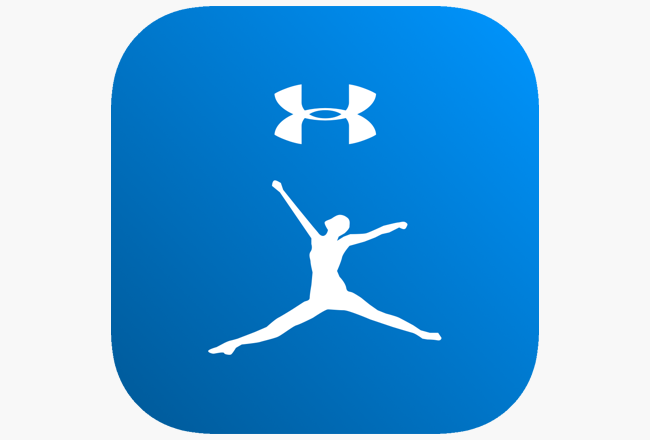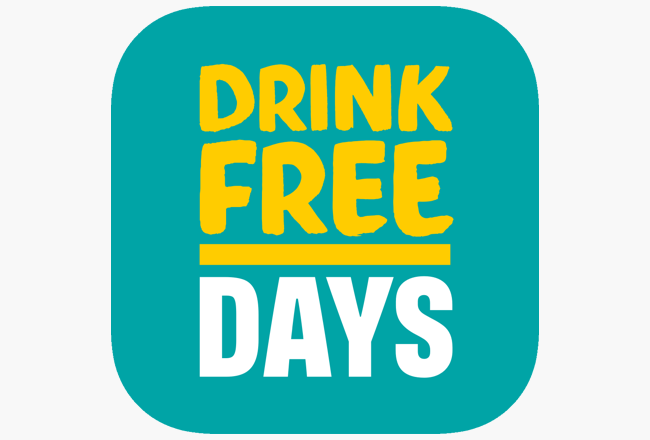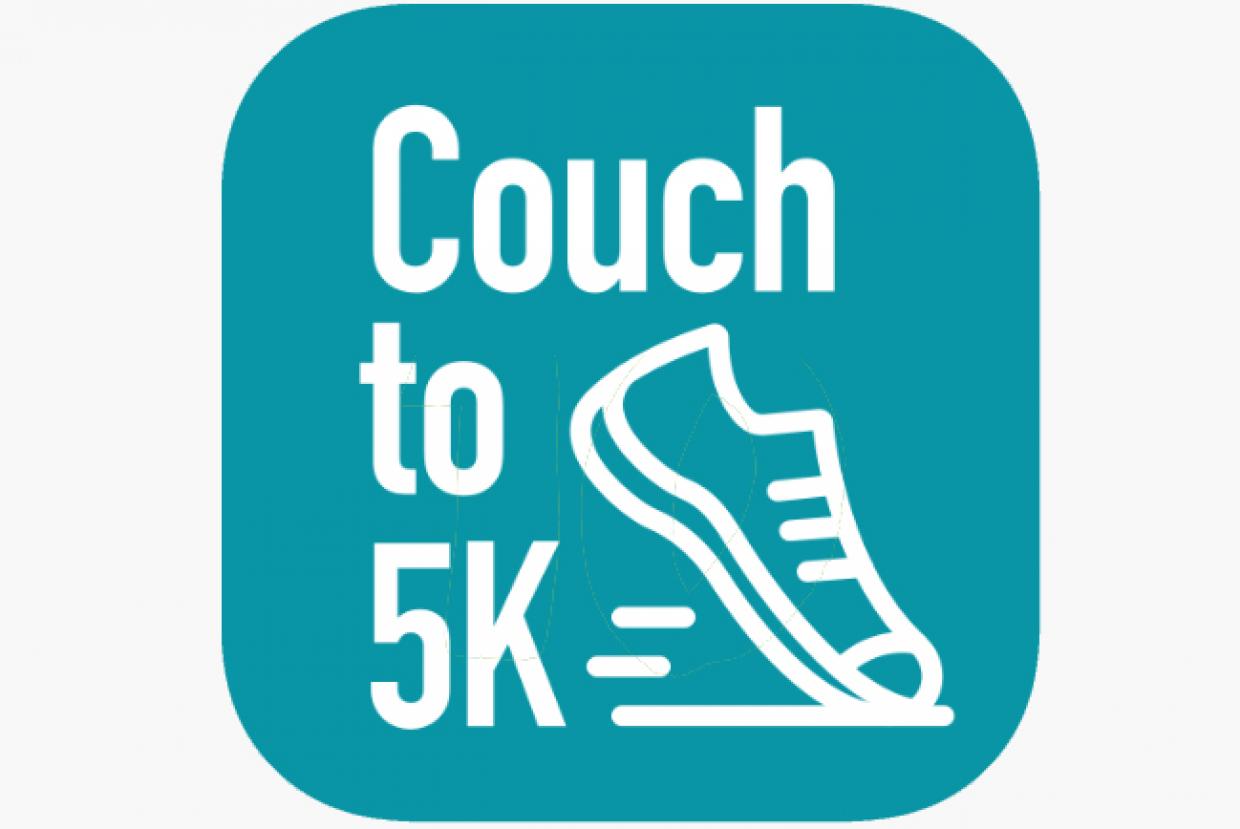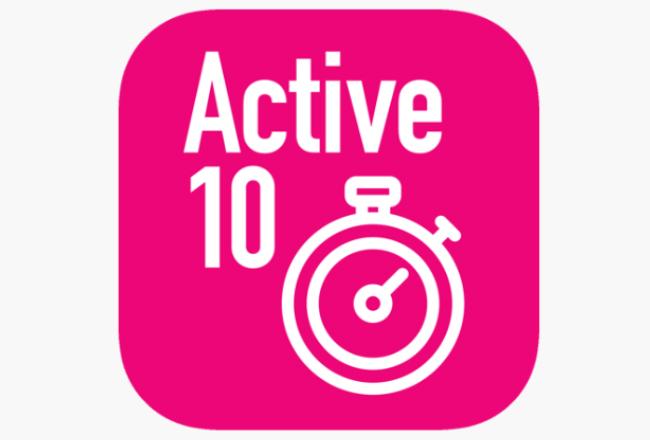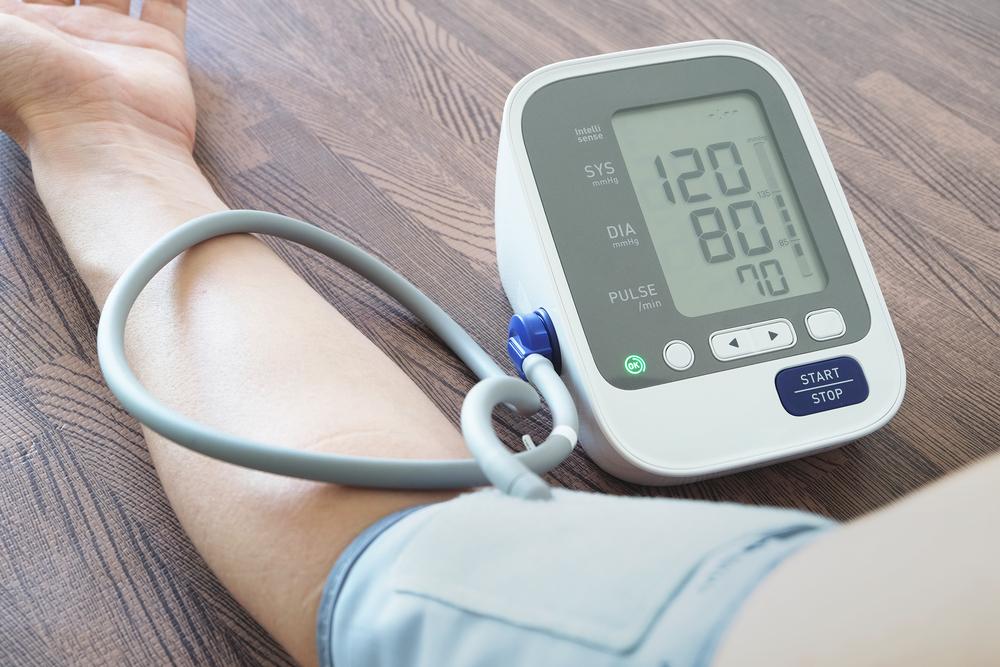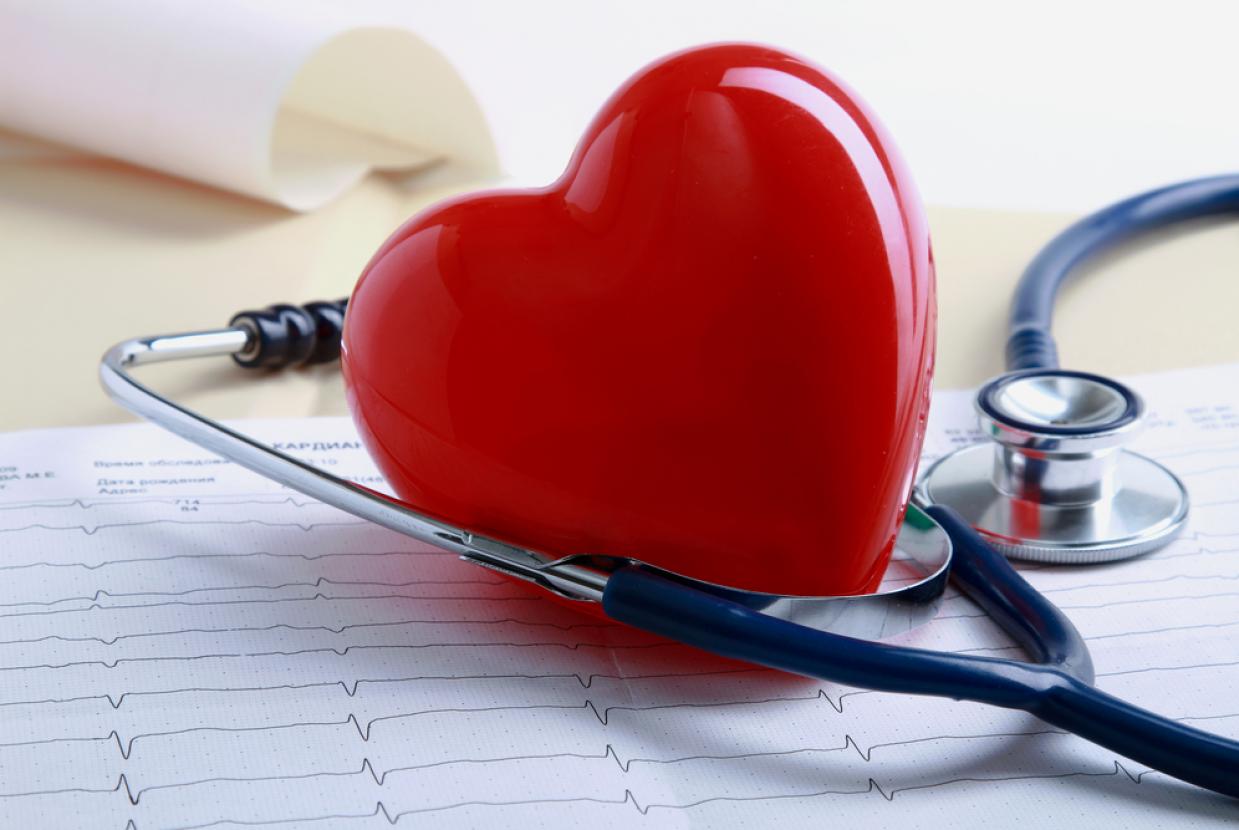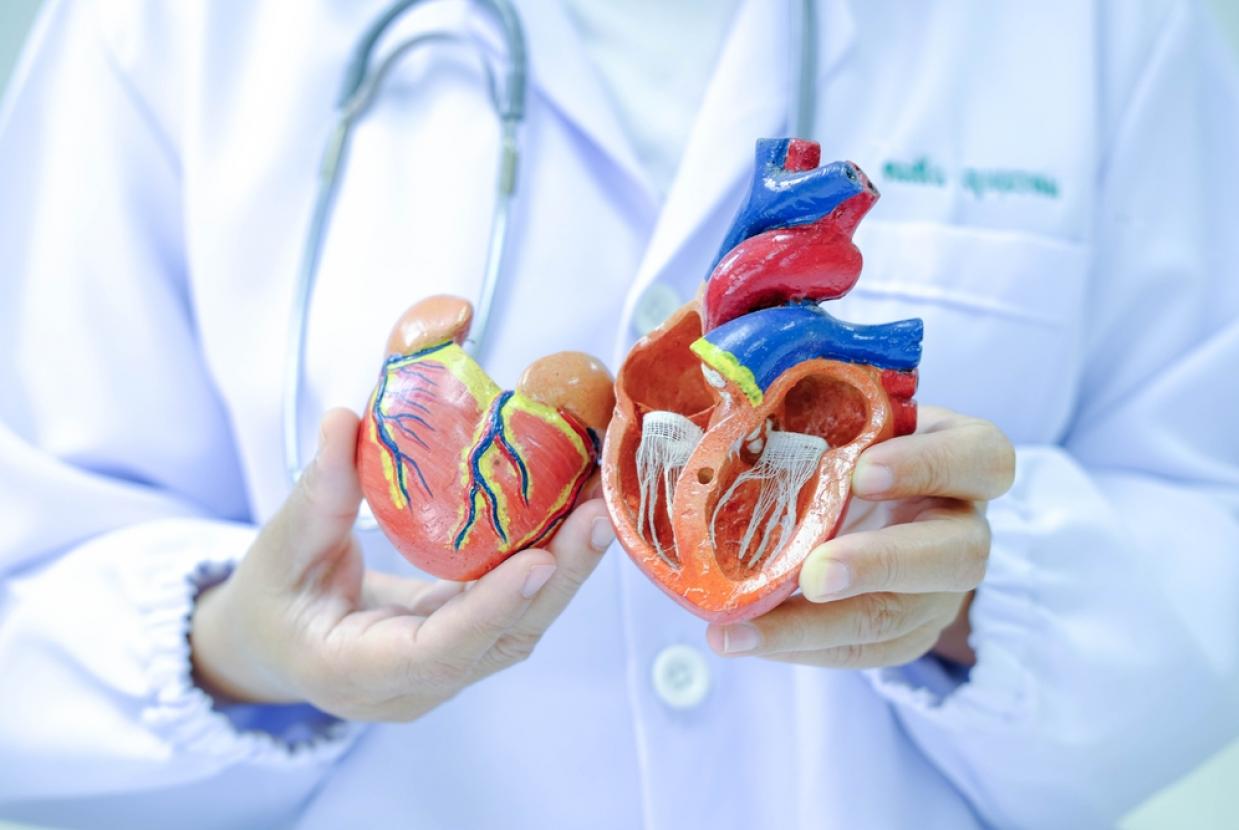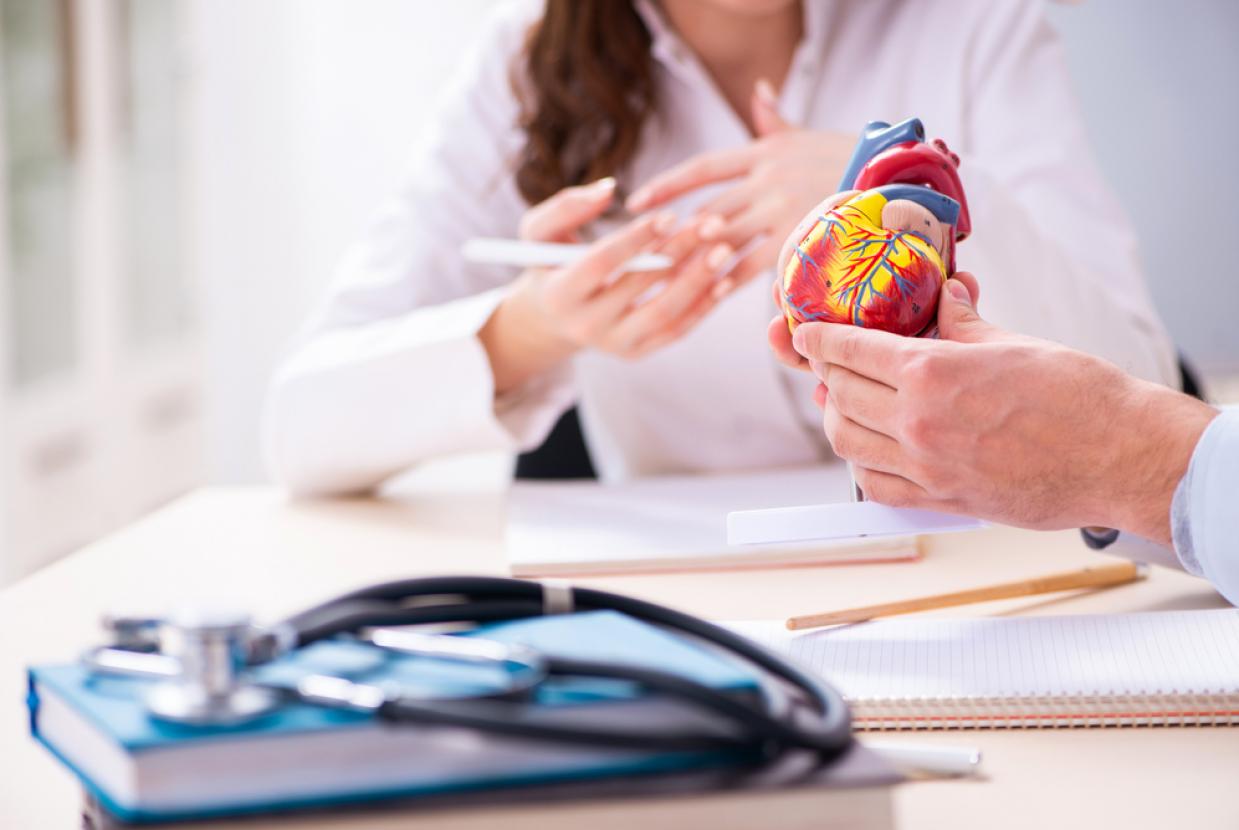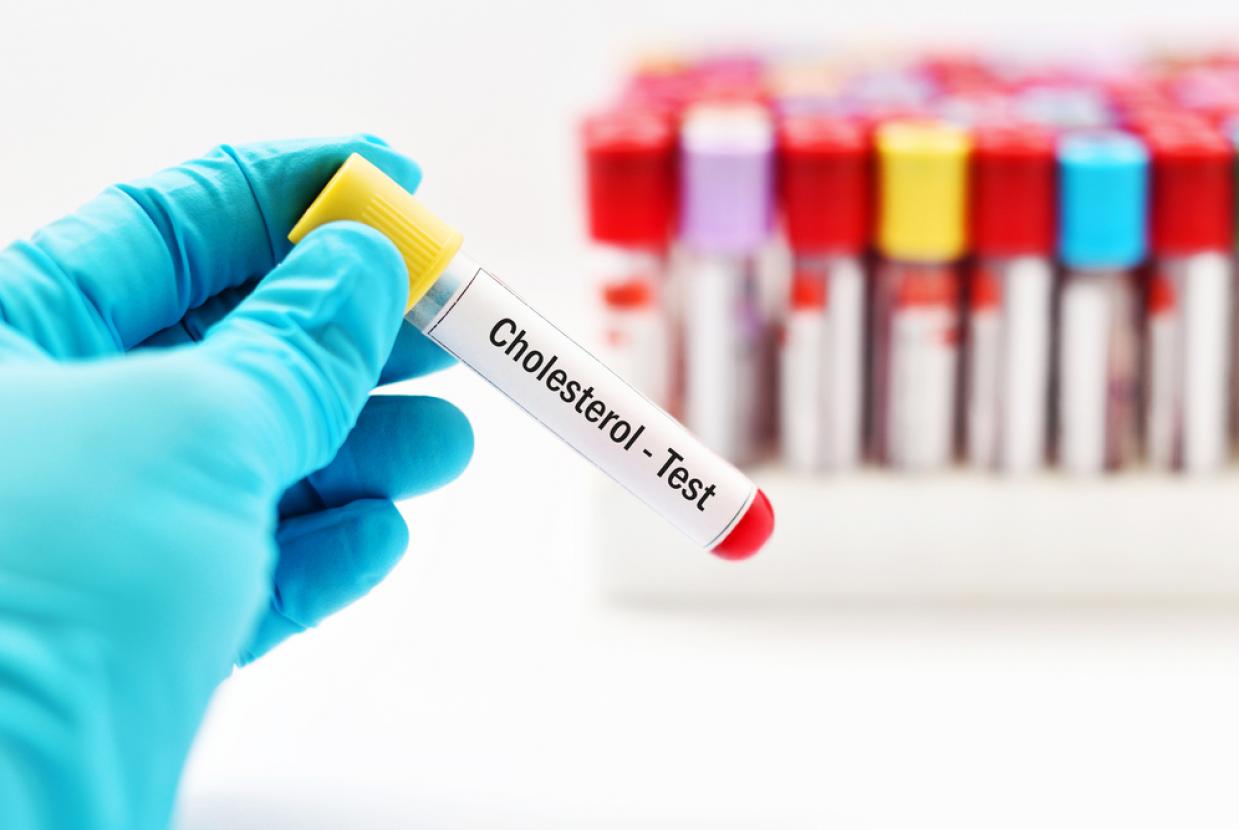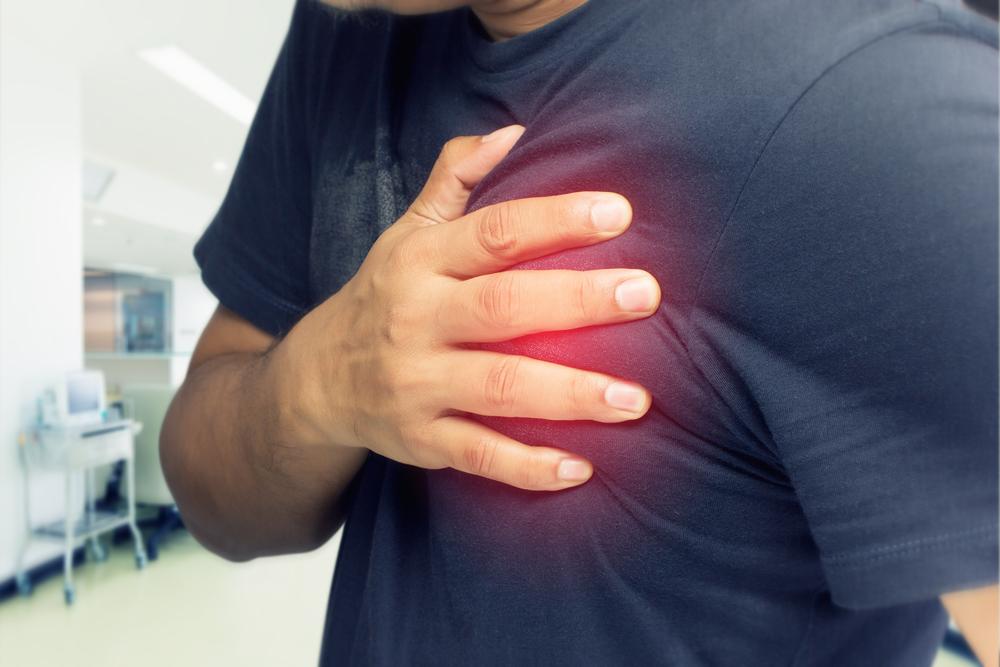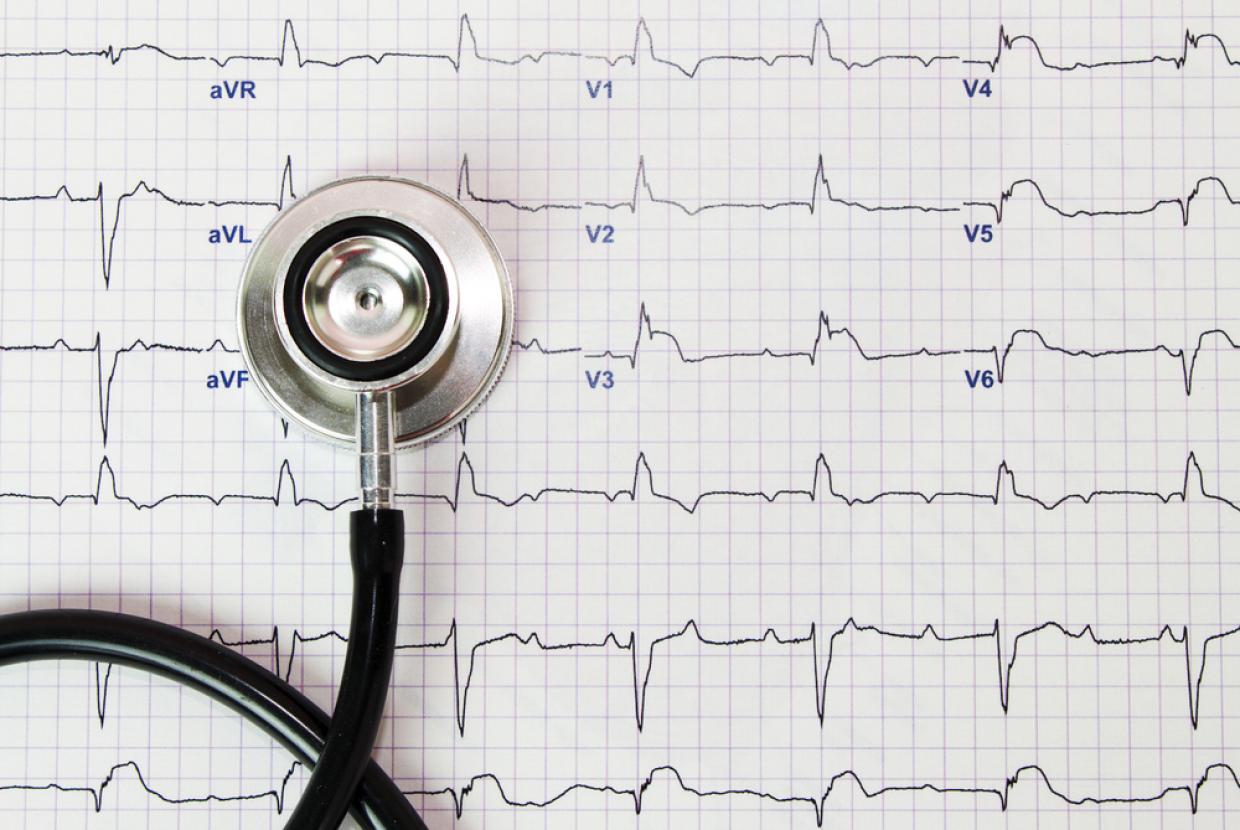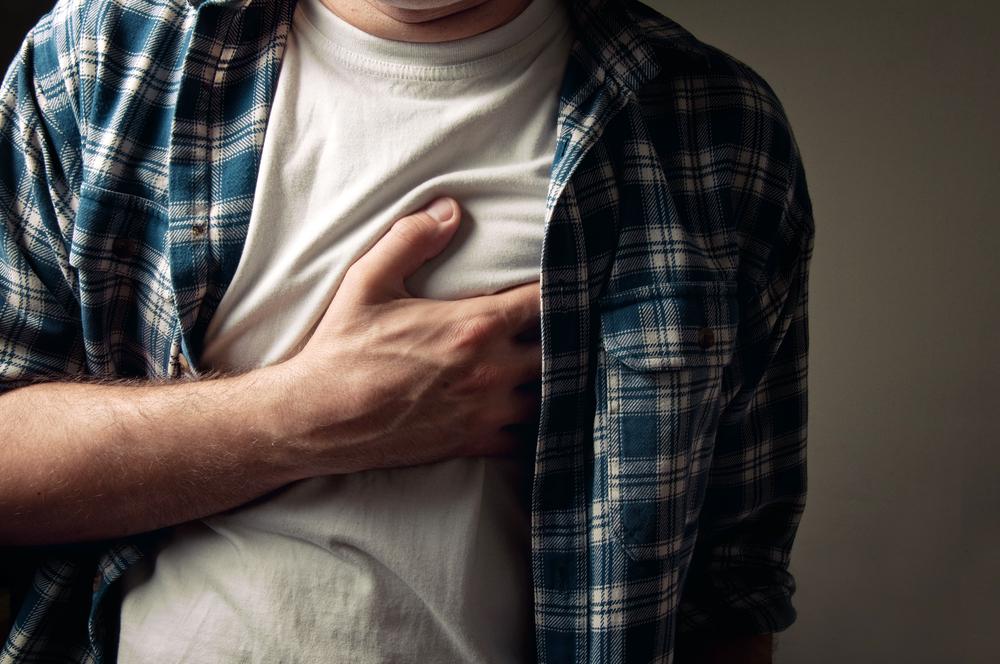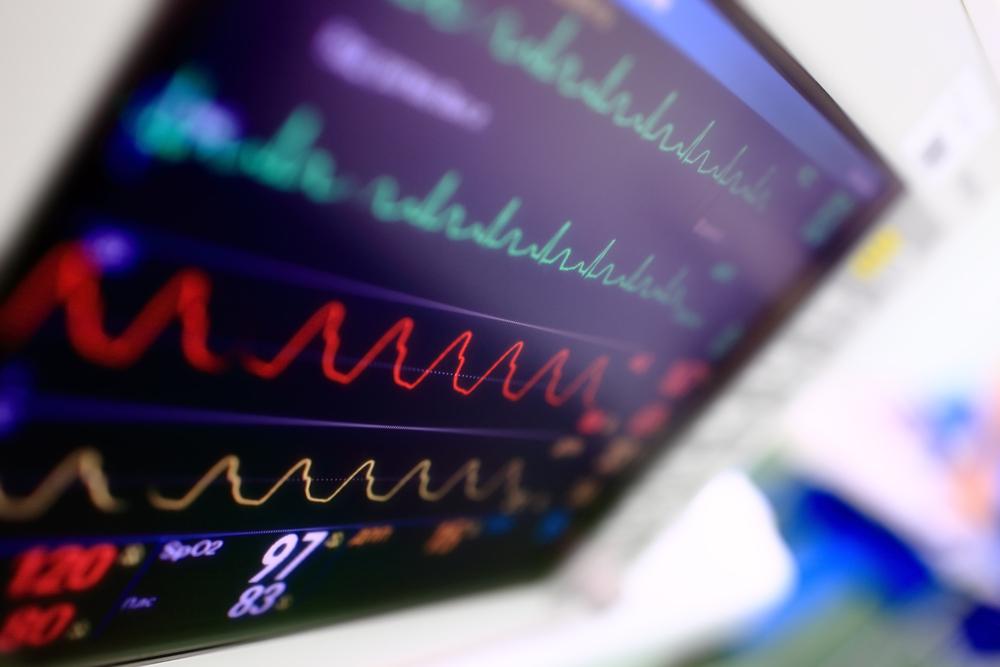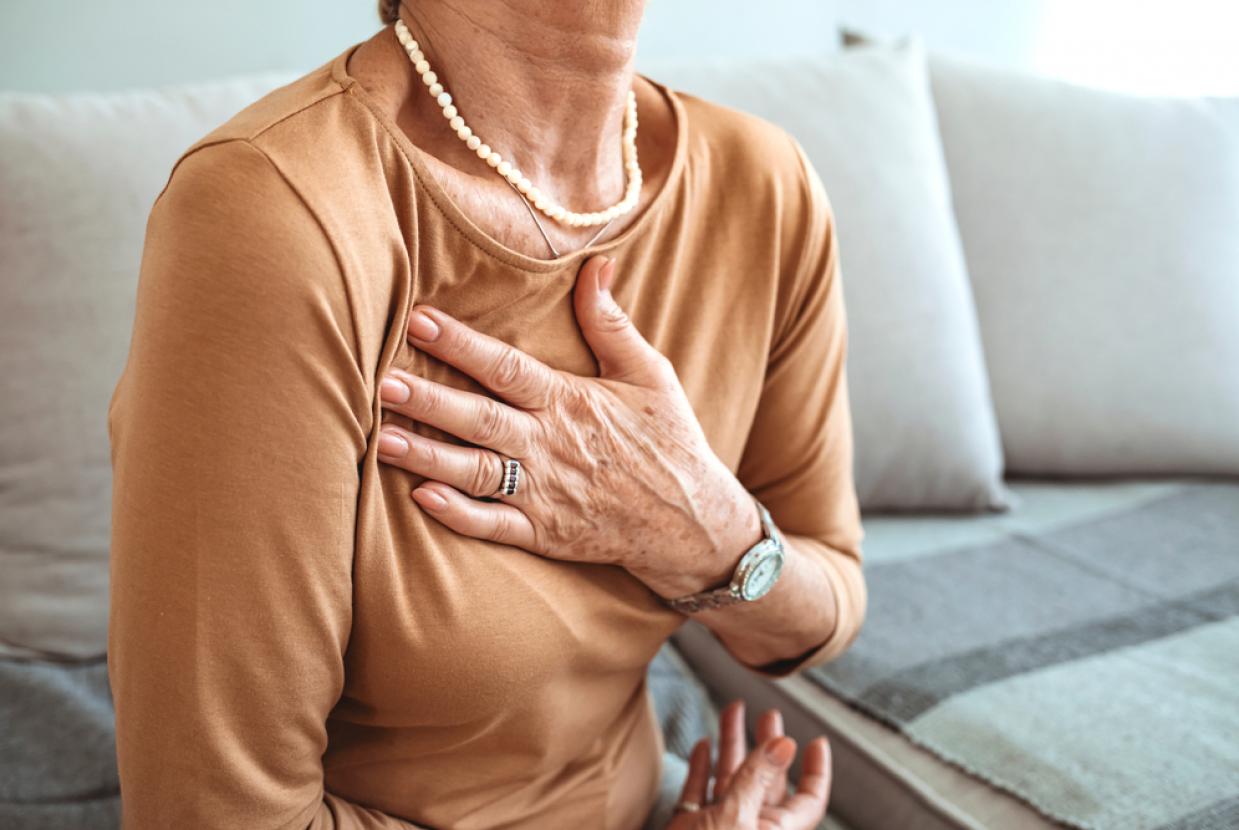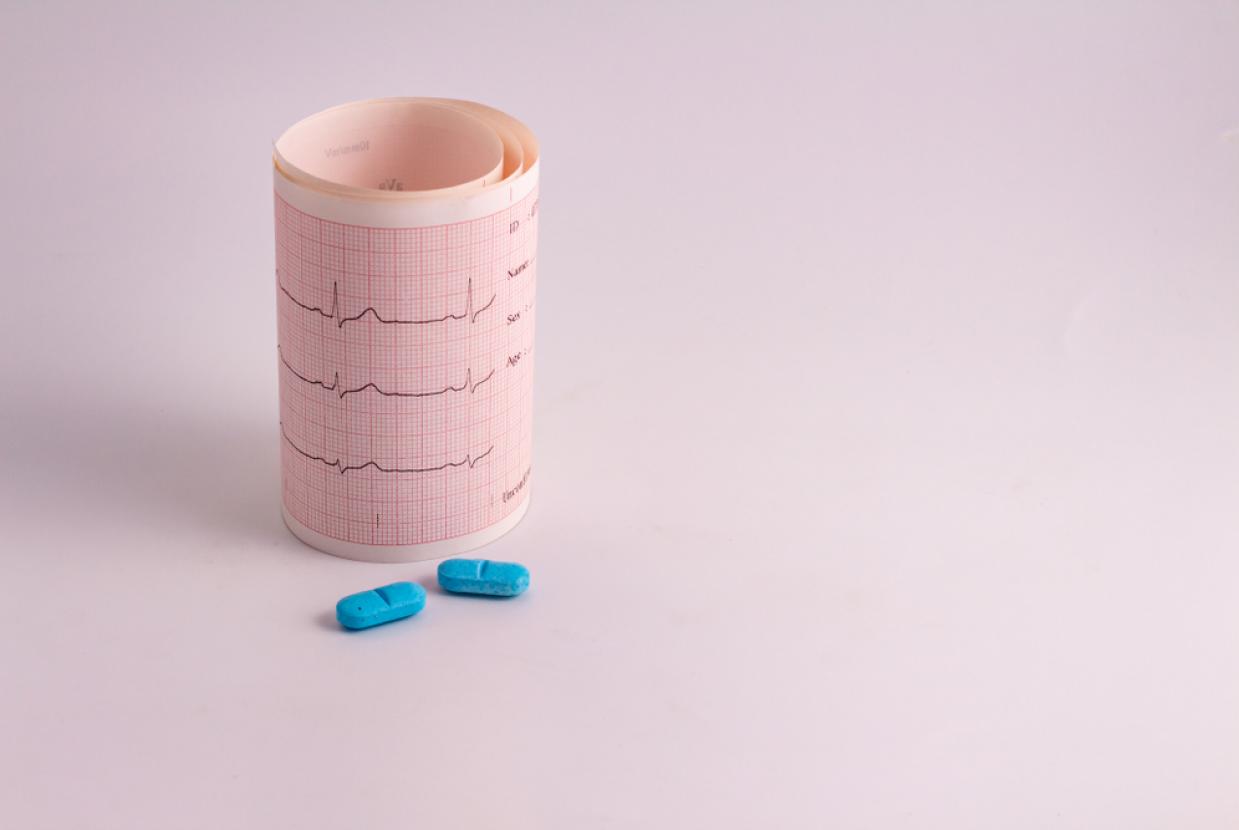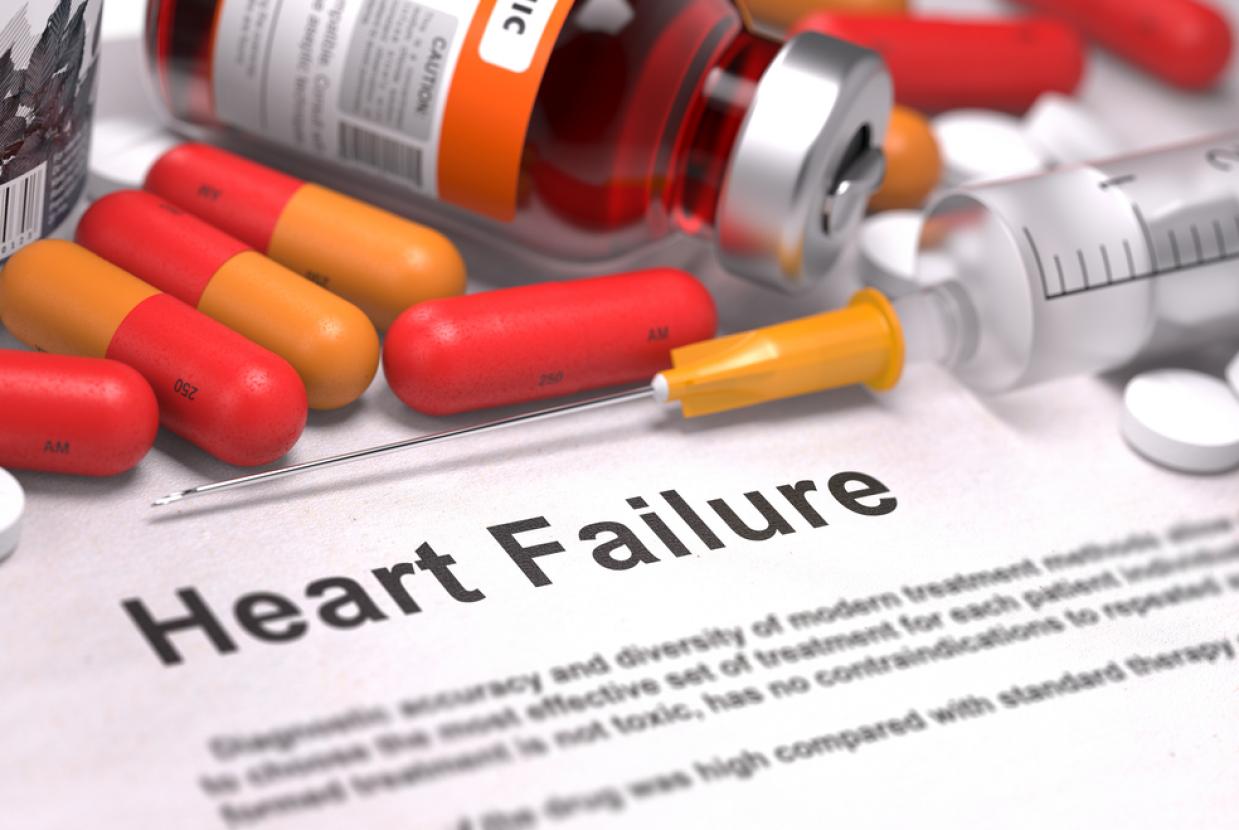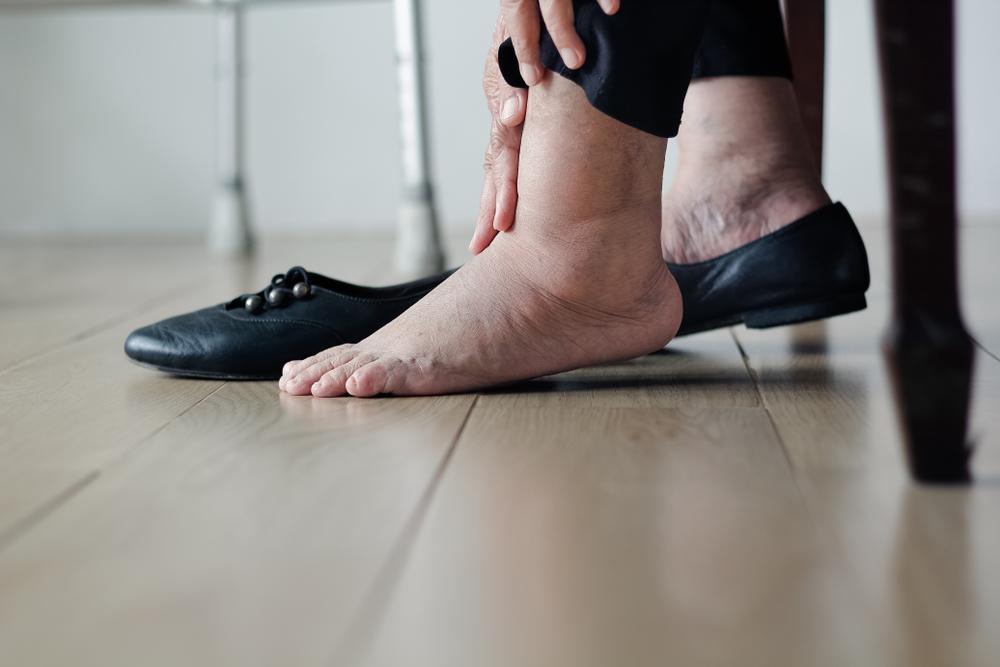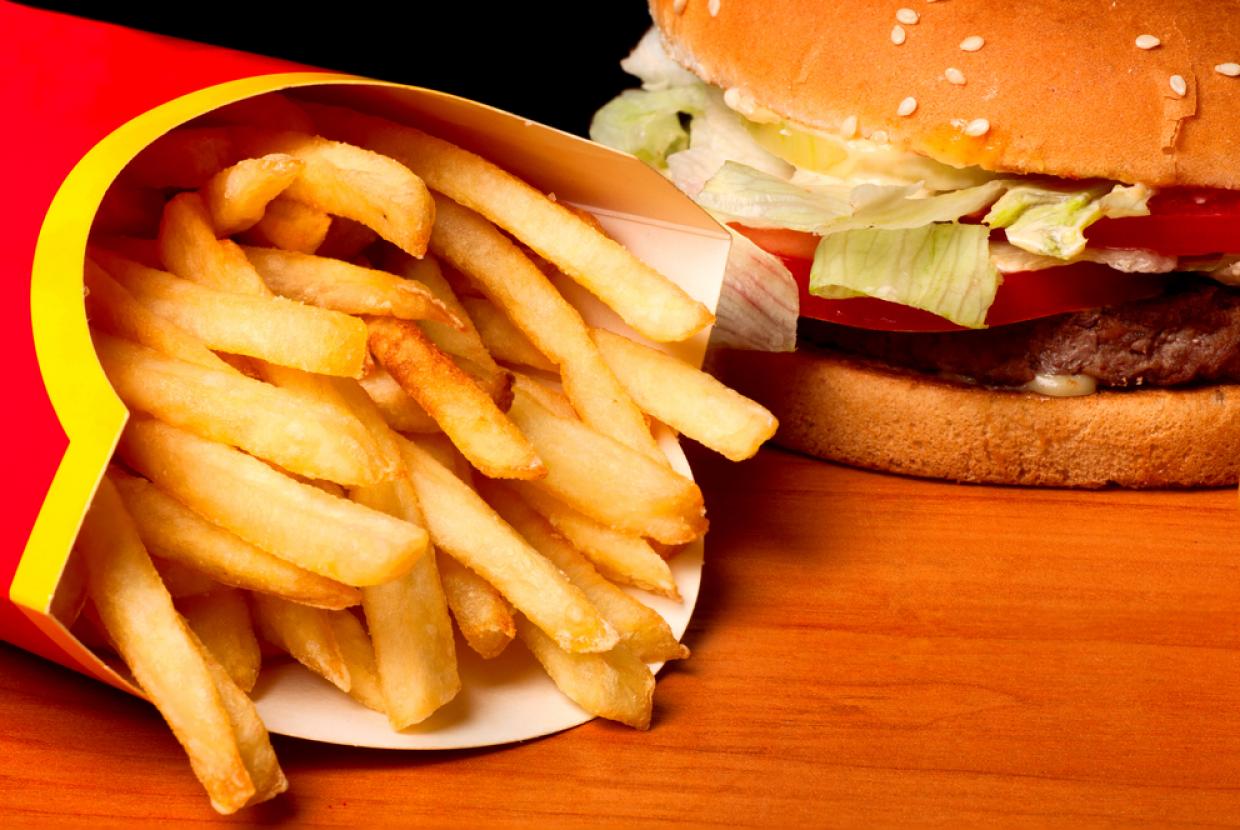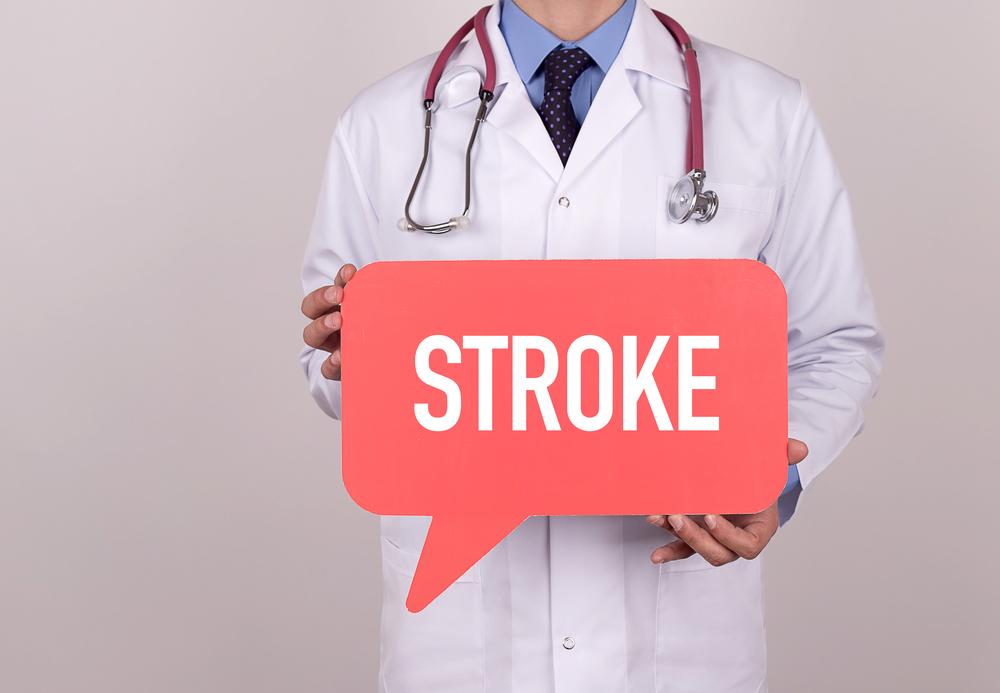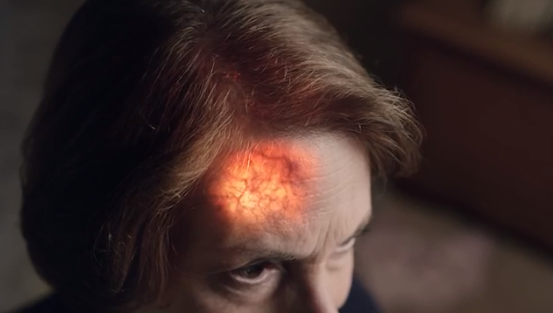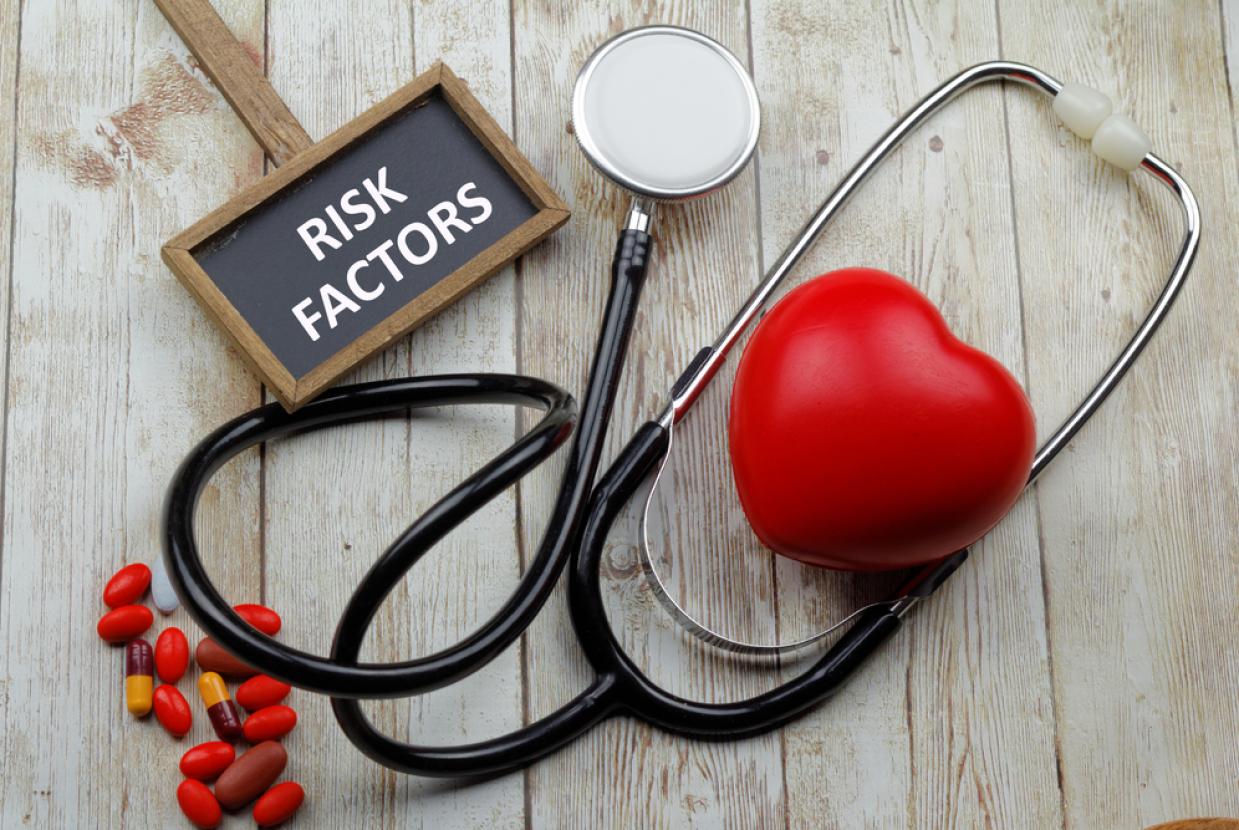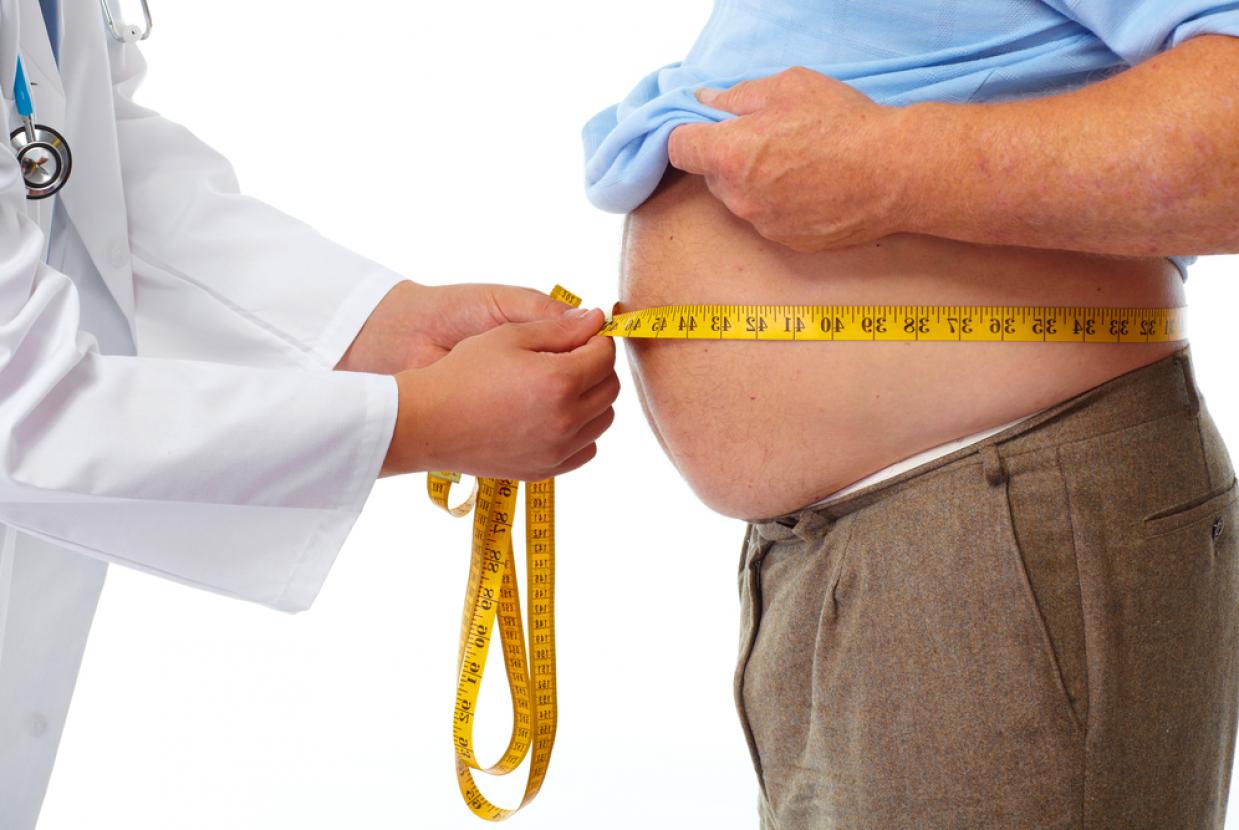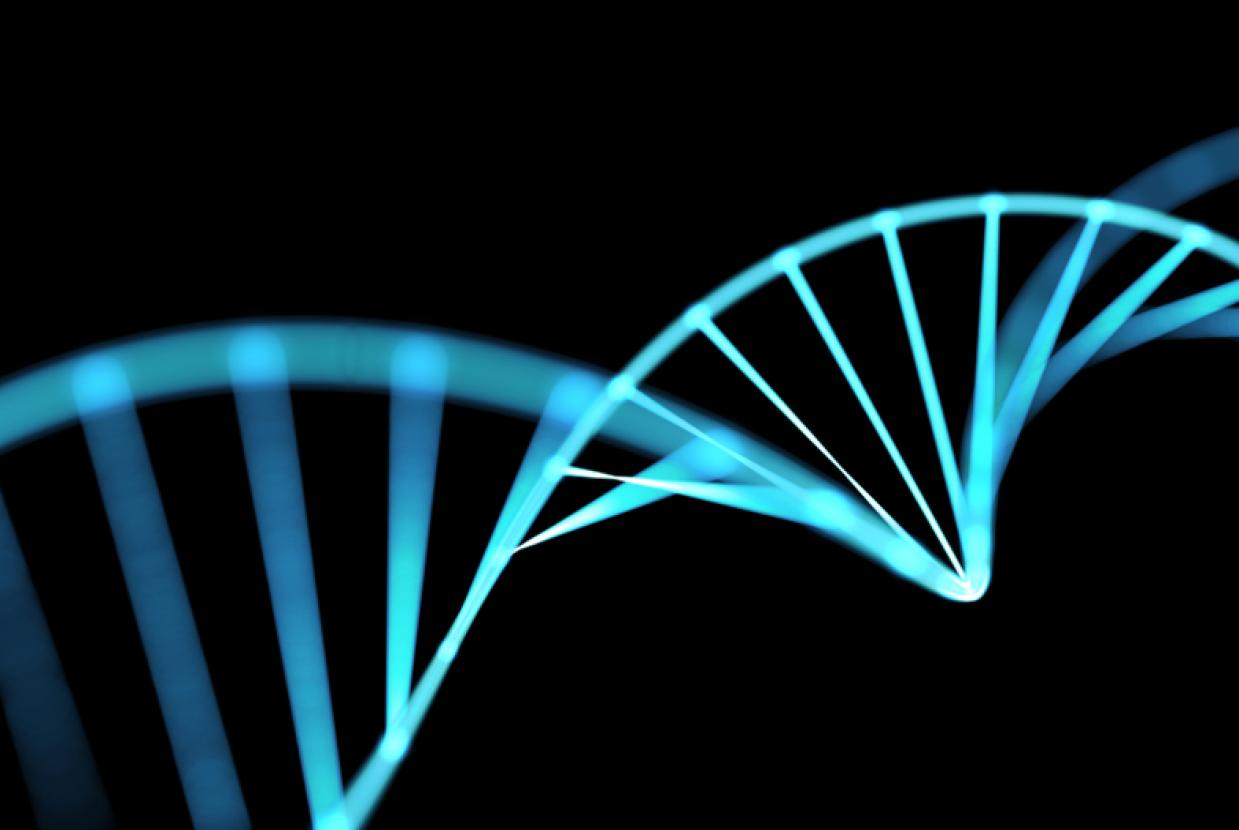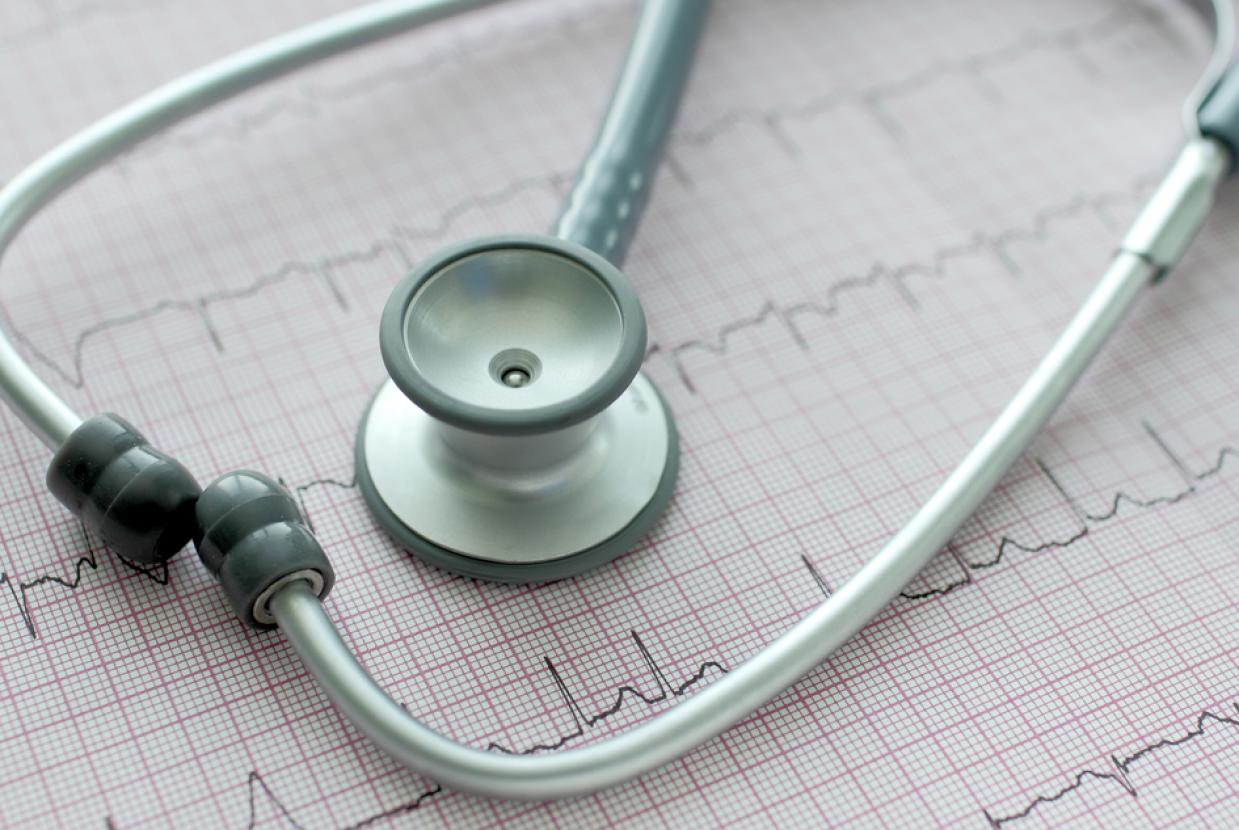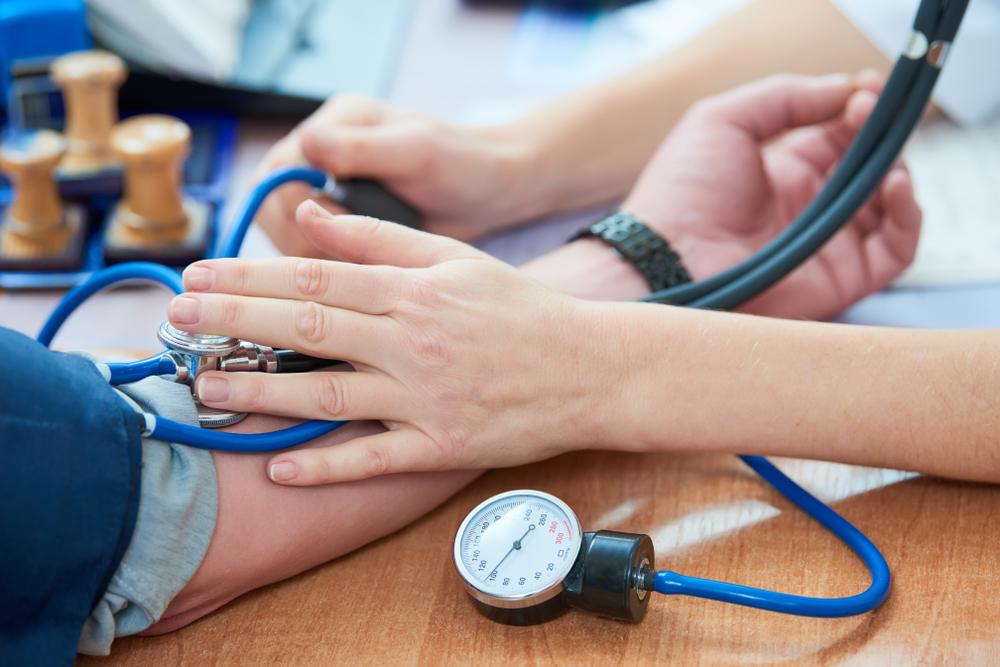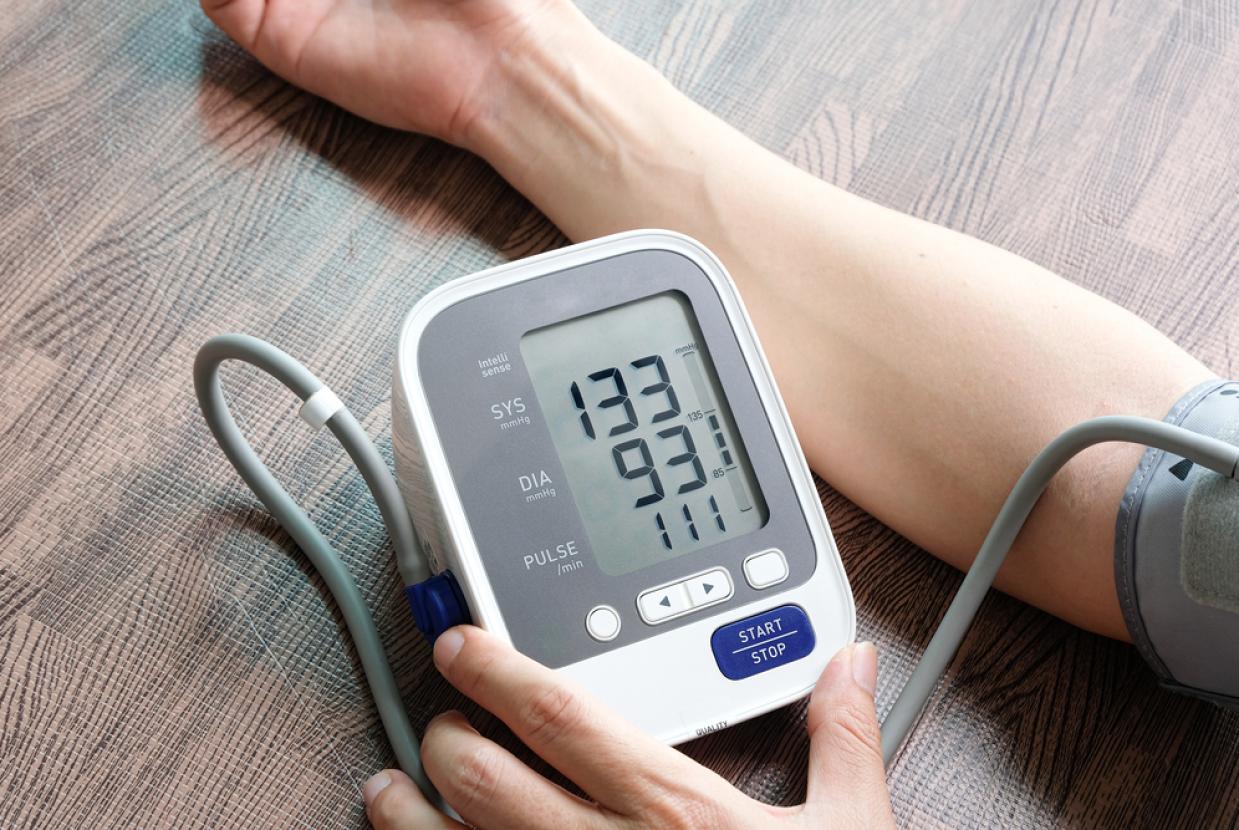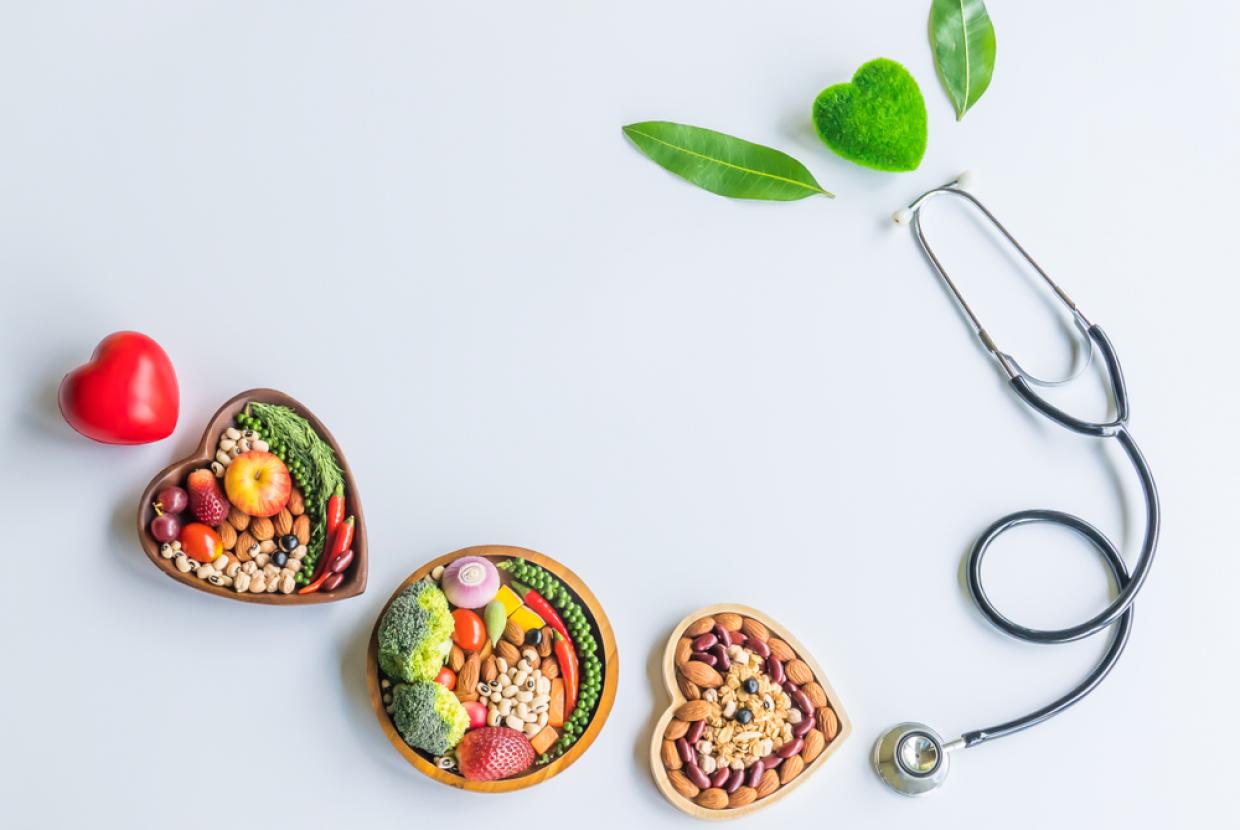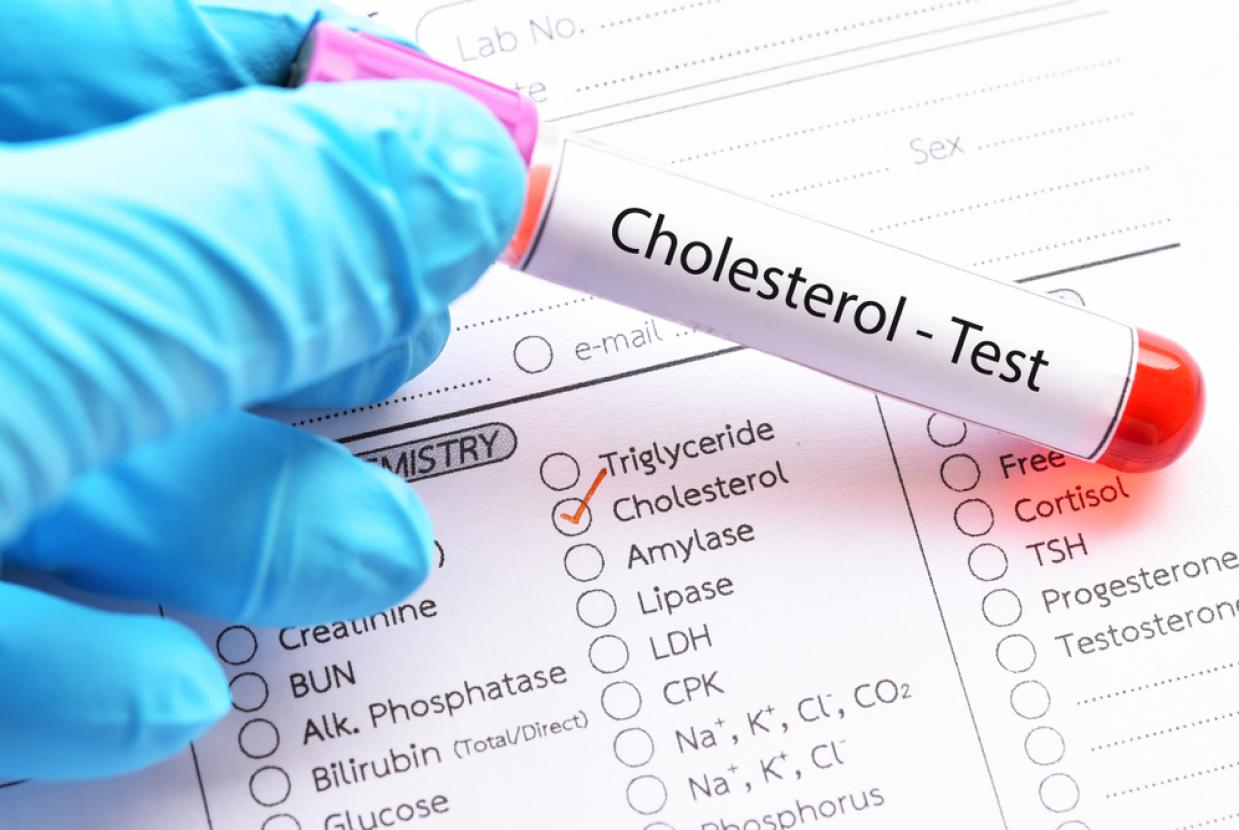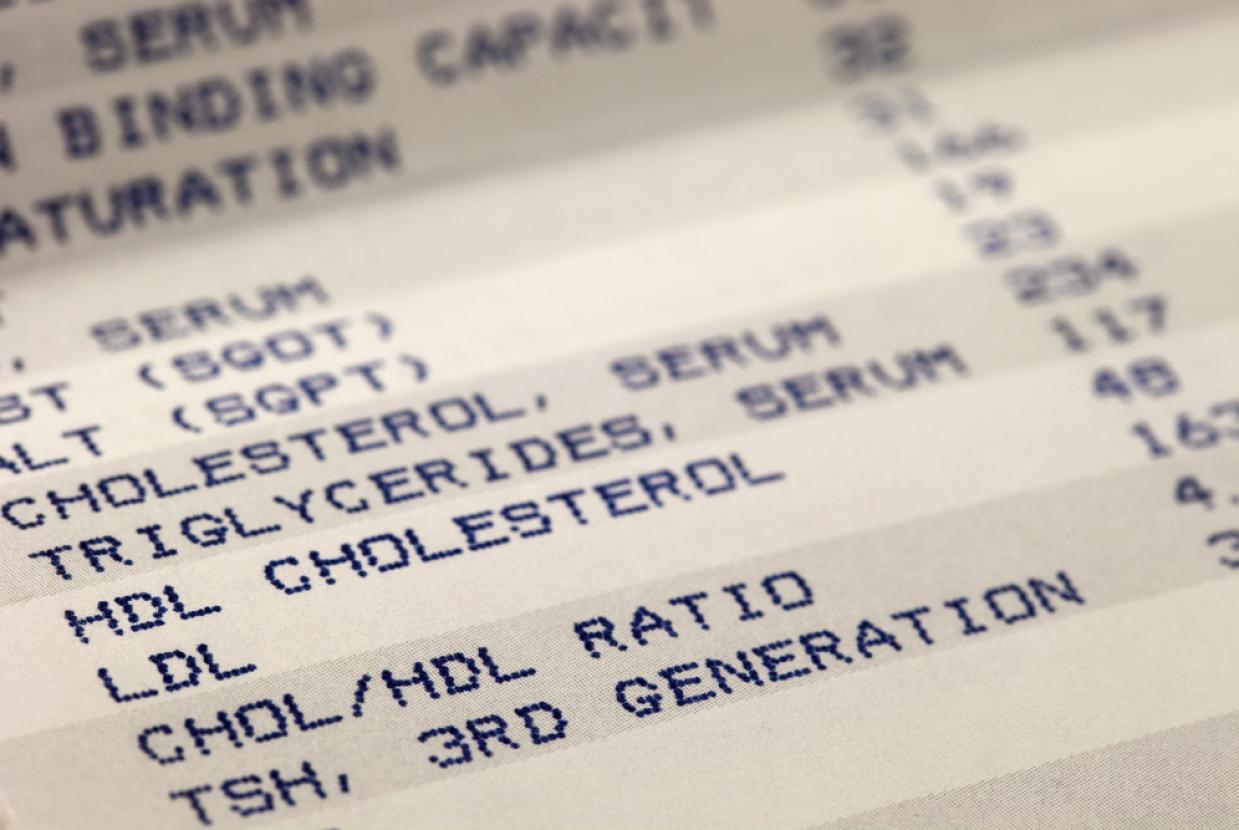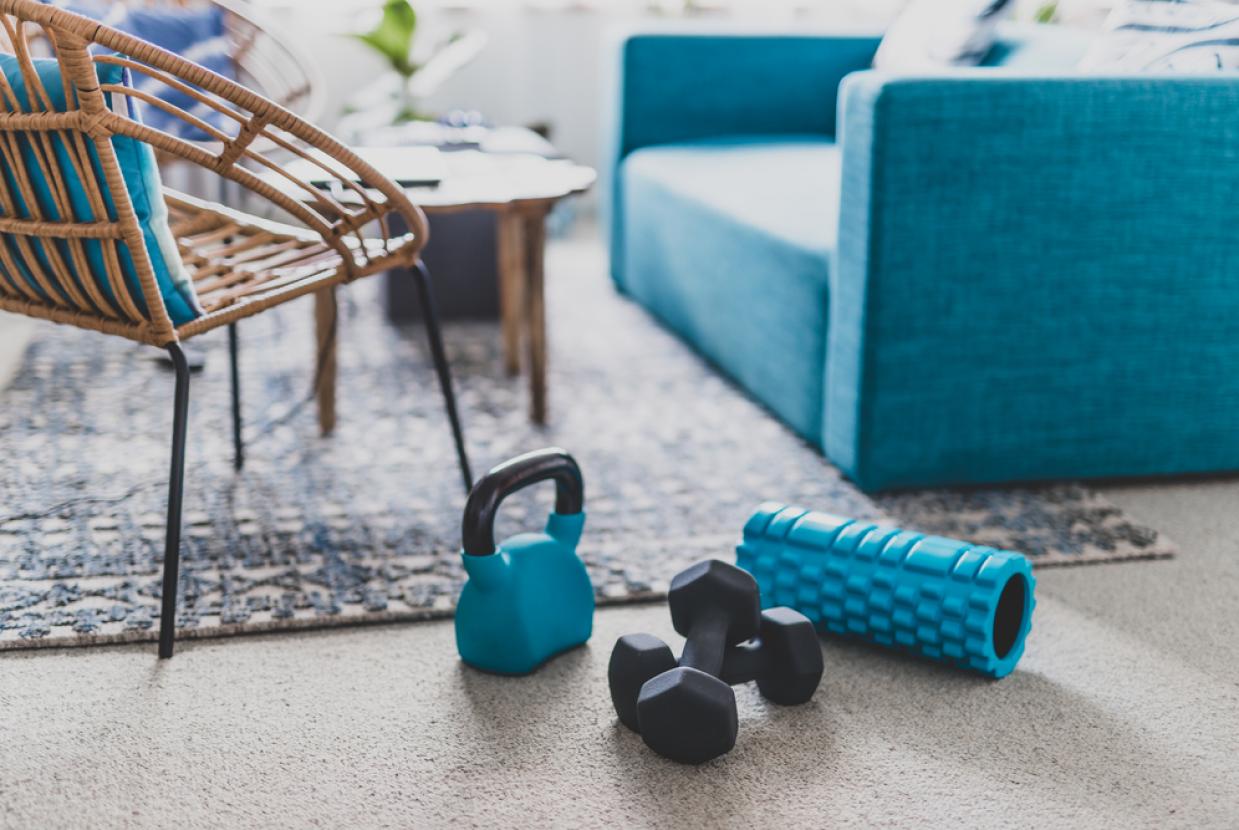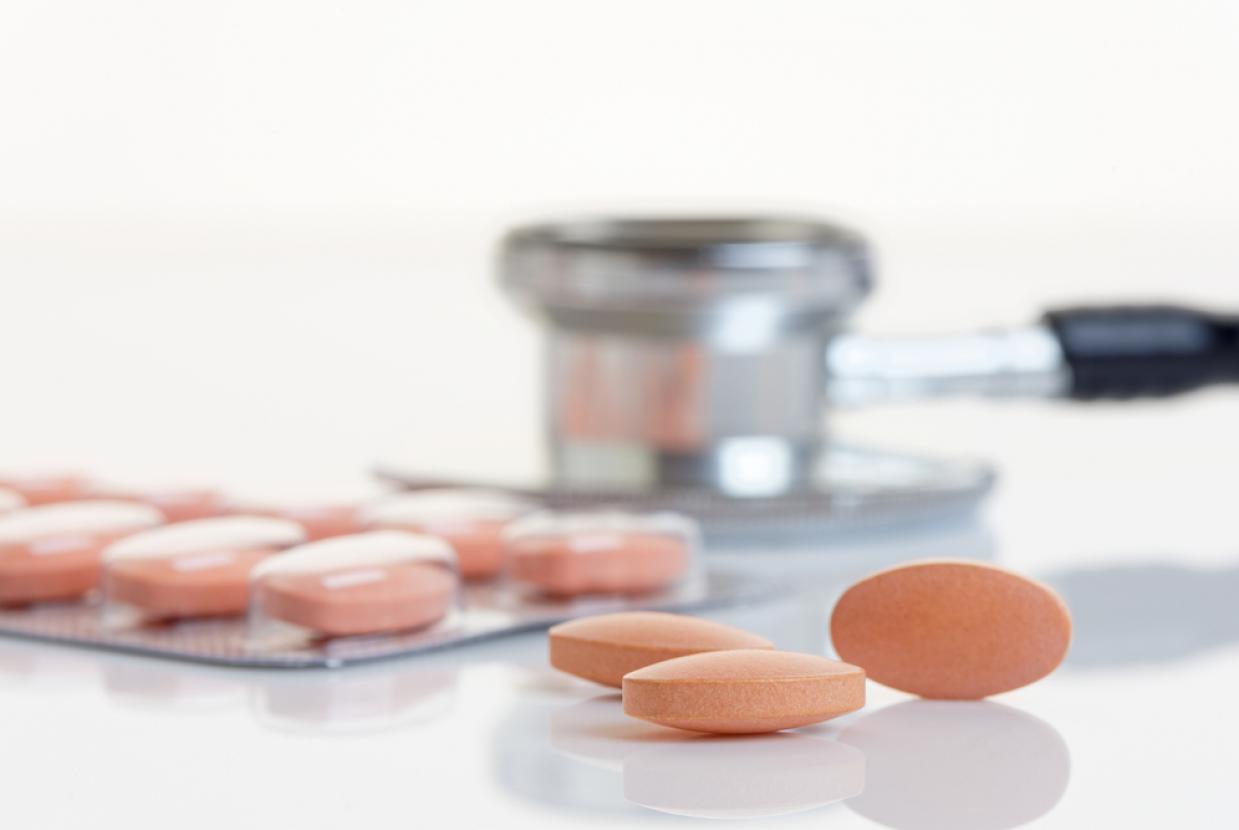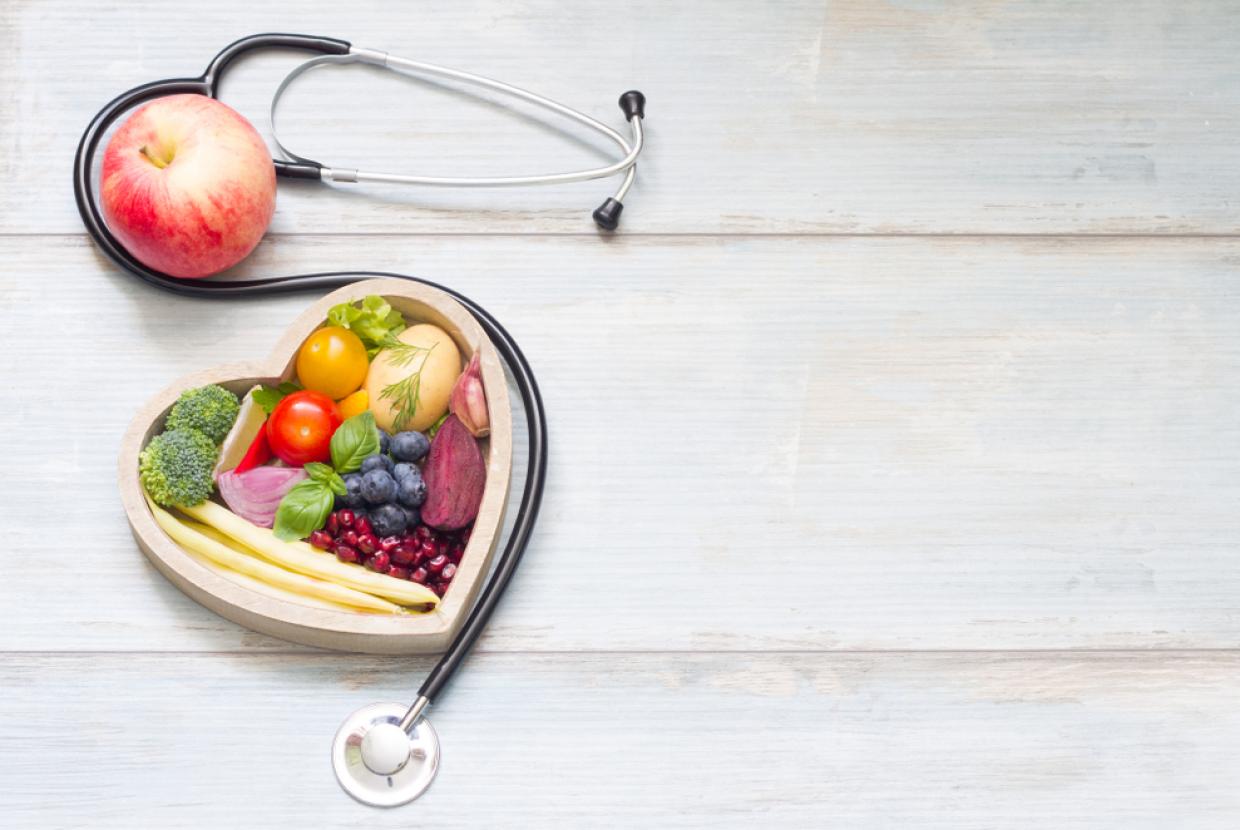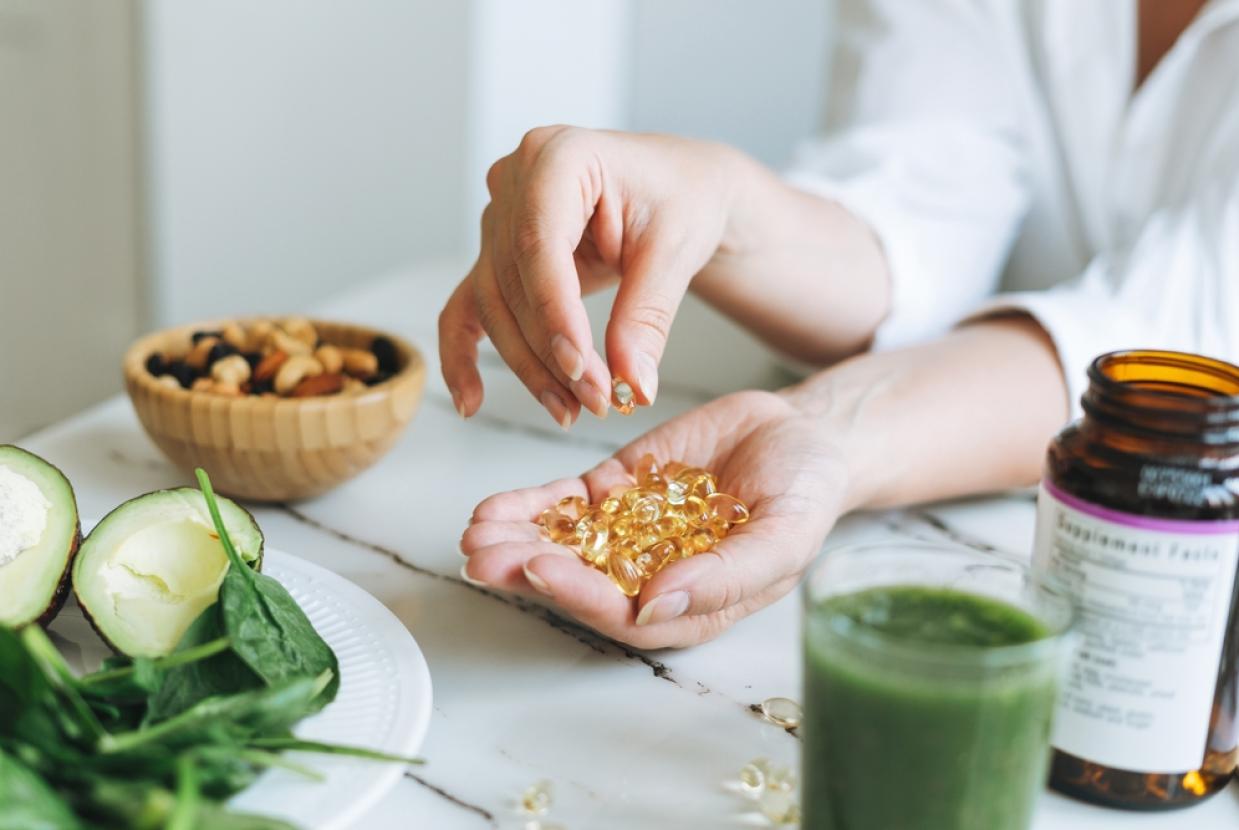How your Heart Works
Your heart is a vital part of the cardiovascular system which includes your heart, blood and blood vessels.
Your heart and its role
Your heart is a hollow muscular organ about the size of your fist that is slightly to the left of the centre of your chest. Its main job is to pump blood through your blood vessels (arteries and veins) to all parts of your body delivering oxygen and nutrients, and carrying away unwanted waste products.
Your heart can beat up to 100,000 times a day, continuously pumping and circulating about five litres of blood to all parts of the body.
The structure of your heart
There are two sides to your heart, a right side and a left side, which are separated by a muscular band known as the septum. On each side there are two chambers, an atrium and a ventricle, with a valve separating them.
The chambers collect blood, the valves keep it flowing in the correct direction through your heart and your heart’s muscular walls squeeze to pump blood to all parts of your body.
Veins carry blood back to your heart. This blood is low in oxygen as it has travelled around your body. It returns to the right side of your heart to the chamber called the right atrium. It then passes through the tricuspid valve into the chamber called the right ventricle. The right ventricle then pumps the blood through the pulmonic valve into your lungs.
The blood gets oxygen in your lungs and then returns to the left side of your heart to the chamber called the left atrium. It passes through the mitral valve into the chamber called the left ventricle. From here the blood is pumped through the aortic valve into your main artery, the aorta, which carries the blood to all parts of your body. The left ventricle is bigger than the right ventricle because it has to pump the blood further.
The electrical system of your heart
Your heart pumps because of its ‘electrical’ system which starts the heartbeat. The heartbeat starts in the top right section of the heart in the atrium, called the sinus node, and moves across the heart.
Normally, one electrical wave is generated for each single heartbeat. It then passes through specialised cells called the atrioventricular (AV) node, which creates a gateway to the specialised electrical conducting system of the ventricles. The impulse passes rapidly through this system, causing the ventricles to contract (squeeze). The heart muscle then relaxes, ready for the next impulse from the sinus node.
The purpose of this complicated system is to ensure that the heart pump works most efficiently. The atria contract a fraction of a second before the ventricles which let them empty their blood into the ventricles before the ventricles contract.
Heart rate and heart rhythm are the different ways the heart works to make heartbeats.
- Heart rate is the number of heart beats in one minute. The normal heart rate is between 60 and 100 beats in one minute, although each person’s heart rate is slightly different.
- Heart rhythm is how regular the pattern of your heartbeat is. Normal regular heart rhythm is known as sinus rhythm.
Both heart rate and heart rhythm need to be regular for your heart to work in the best way. Any change to this regular heart rate or heart rhythm is called an arrhythmia or irregular heart rhythm.
Every heartbeat keeps blood moving forward through your arteries. You can feel this movement as a ‘pulse’ over the artery of your wrist or in your neck. Your pulse rate tells you how fast your heart is beating.
Your coronary arteries
Heart muscle is called myocardium, and like every other muscle in your body, it needs to get the oxygen and nutrients in blood to be able to work properly. So, your heart pumps blood to itself through the coronary arteries.
These arteries come from the aorta and spread out over the surface of your heart like the branches of a tree.
There are two large arteries. The right coronary artery mainly brings blood to the right side and lower surface of your heart. The left coronary artery divides into two large branches, the circumflex branch and the left anterior descending branch. These mainly supply blood to the left side of your heart.
Got a question or like to know more?
If you’d like to know more about your heart, we’ve created a range of articles on the common Heart & Stroke Conditions A – Z.



